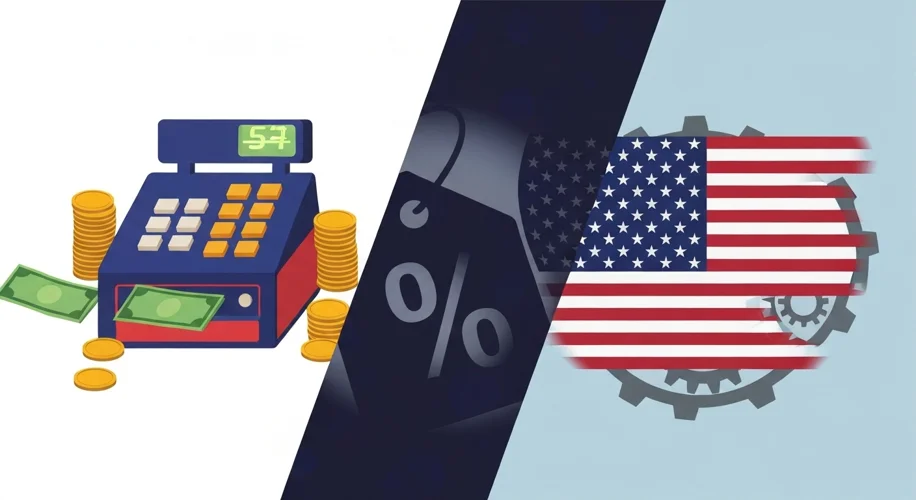It’s August 27, 2025, and while we’re often focused on big headlines, sometimes the most significant economic shifts happen quietly, embedded in policy. Today, I want to talk about tariffs and how they can function like a de facto national sales tax, potentially impacting our economy in ways we might not immediately recognize.
Think about it this way: when the U.S. government imposes tariffs on imported goods, it’s essentially adding a tax to those products. For example, if a tariff is placed on steel imported from another country, the cost of that steel for American businesses increases. These businesses, in turn, often pass that cost along to consumers in the form of higher prices for finished goods – whether it’s a car, a refrigerator, or even components used in the technology I spent my career building.
This isn’t just a theoretical concept; it’s a direct economic mechanism. When tariffs are levied, they create a price increase for imported goods. If domestic production can’t immediately or efficiently fill the gap, consumers and businesses are faced with paying more for the same or similar items. This mirrors how a sales tax works – an additional percentage added at the point of purchase, increasing the final price.
The economic argument against broad-based tariffs often centers on their potential to hinder growth. From an economic perspective, tariffs can lead to several outcomes:
- Reduced Consumer Purchasing Power: When prices rise due to tariffs, consumers have less disposable income for other goods and services. This can lead to a slowdown in overall consumer spending, a major driver of economic growth.
- Increased Input Costs for Businesses: As mentioned, businesses that rely on imported materials or components face higher operational costs. This can reduce their profitability, potentially leading to less investment, slower hiring, or even job cuts.
- Retaliatory Tariffs: Other countries often respond to U.S. tariffs with their own tariffs on American exports. This can harm U.S. industries that rely on international markets, such as agriculture or manufacturing.
- Inefficiency and Misallocation of Resources: Tariffs can protect less efficient domestic industries by making foreign competitors more expensive. While this might seem beneficial in the short term, it can prevent the more efficient allocation of resources in the economy, ultimately slowing down productivity gains.
My experience in the tech sector has shown me how interconnected global supply chains are. Even small disruptions or cost increases at one stage can have cascading effects. Tariffs, by their nature, introduce these kinds of disruptions. They can make it more expensive for U.S. tech companies to source components, potentially slowing innovation and making products less competitive globally.
While the intention behind tariffs is often to protect domestic industries or address trade imbalances, the economic reality is complex. When viewed through the lens of a sales tax, it becomes clearer how these policies can quietly increase the cost of goods for everyone, potentially dampening economic activity. It’s a reminder that policy decisions, even those seemingly aimed at specific outcomes, can have broad and often unforeseen consequences on our wallets and the overall health of the economy. We need a more nuanced approach to understanding these impacts.

